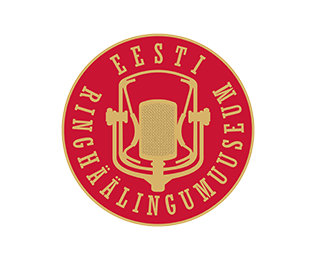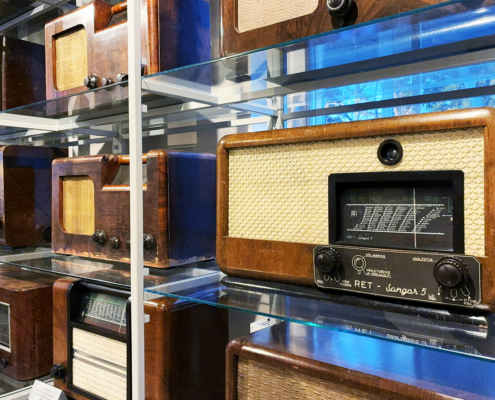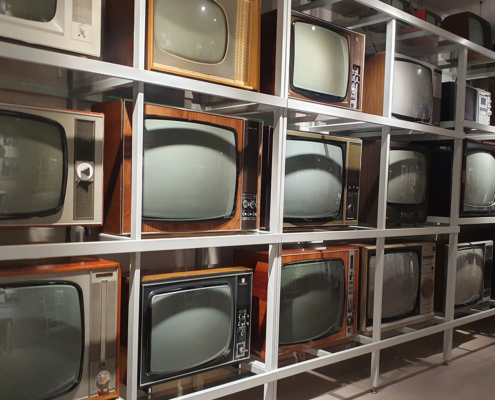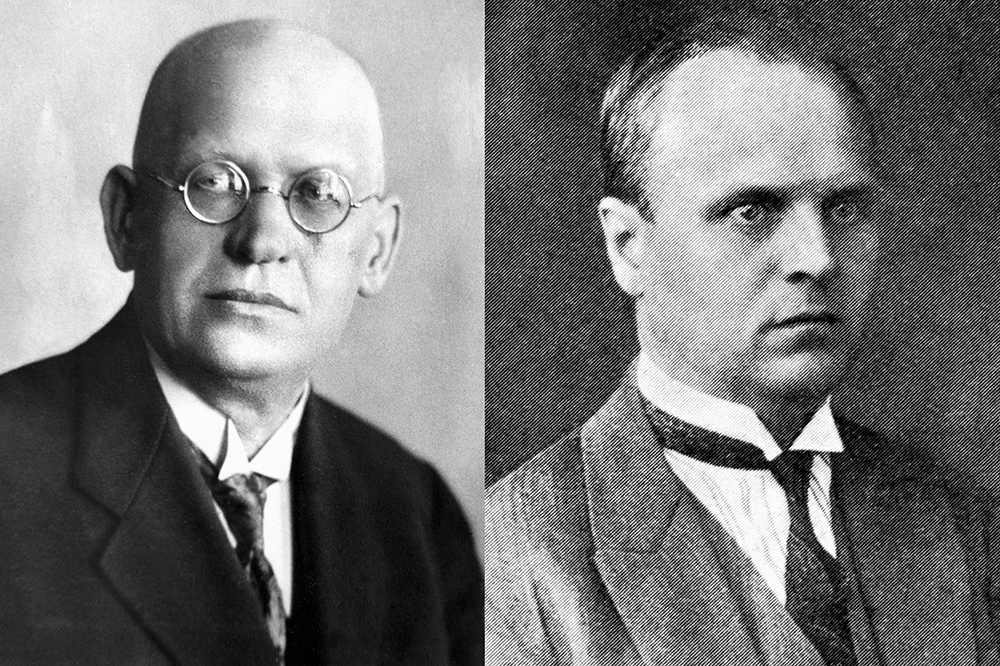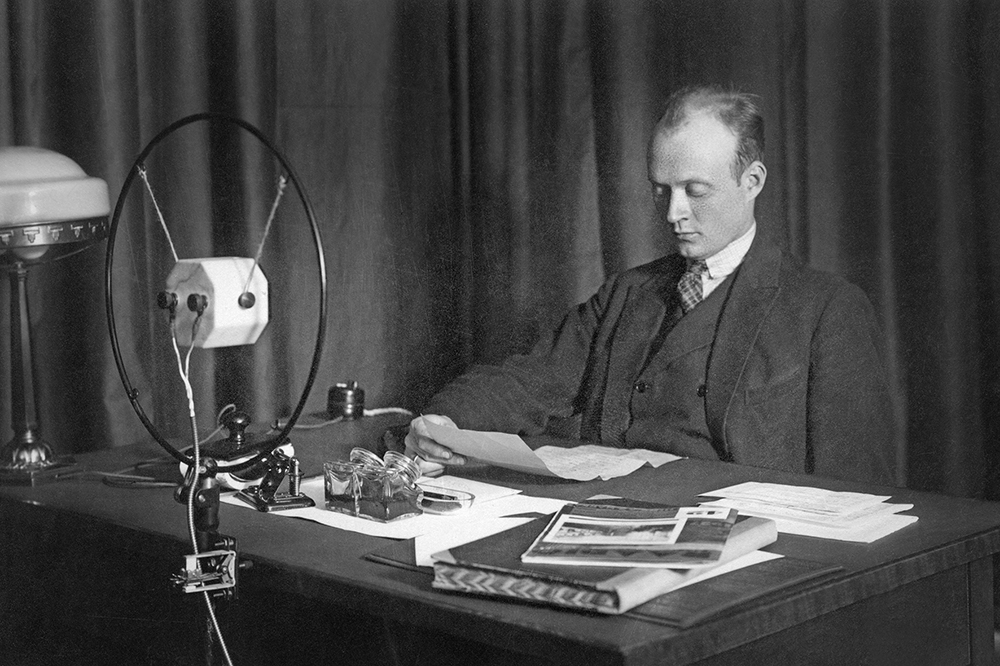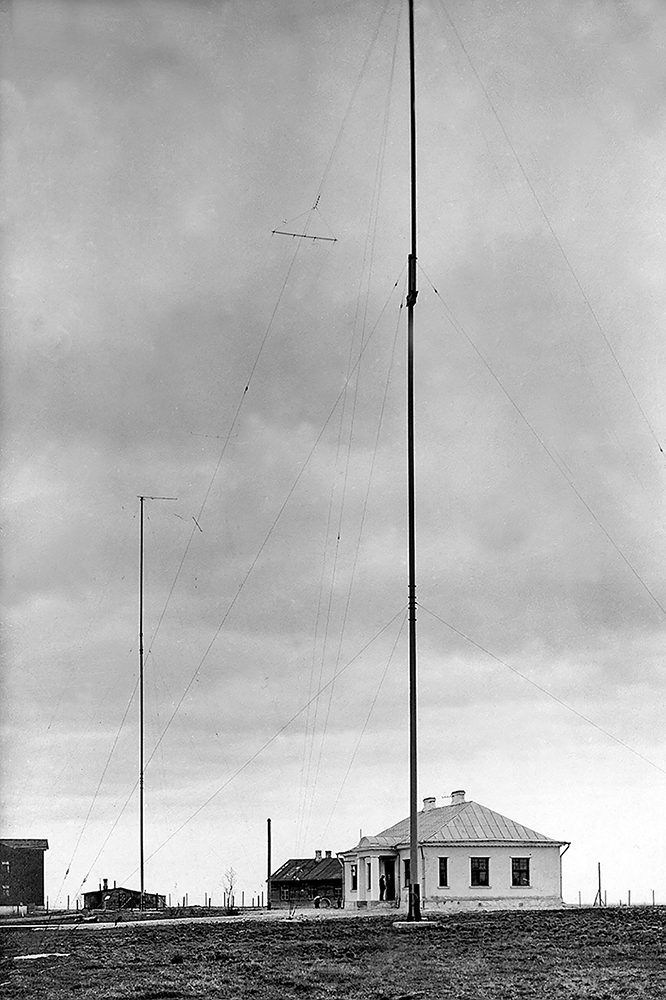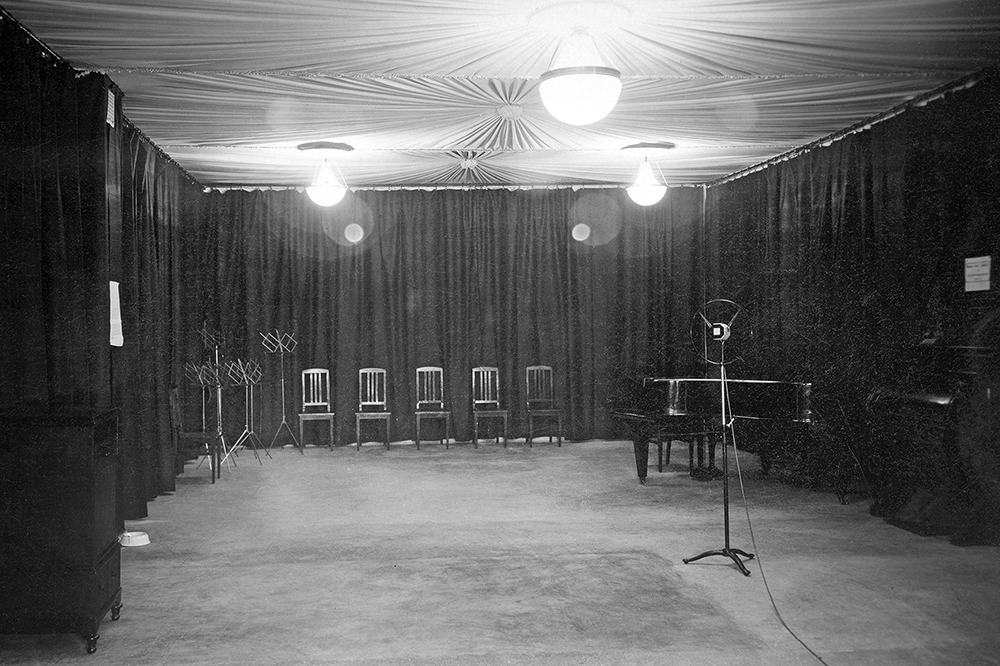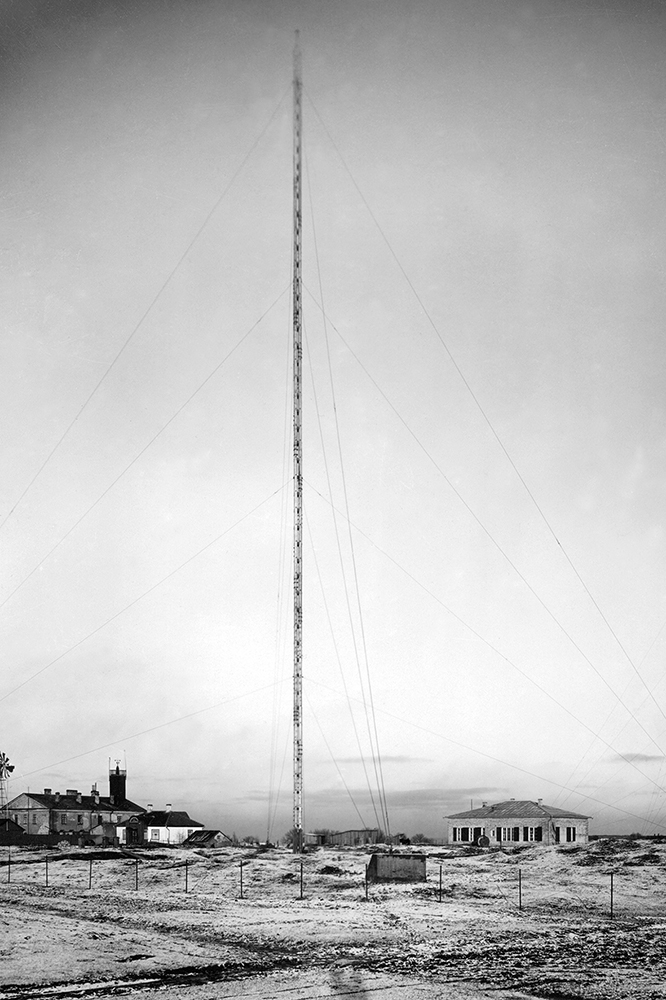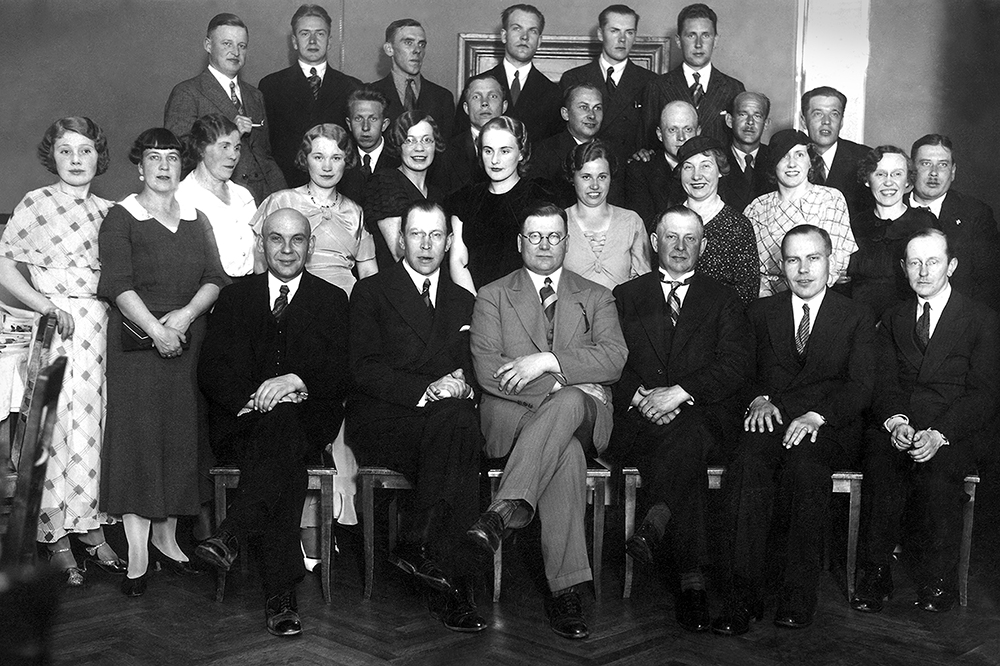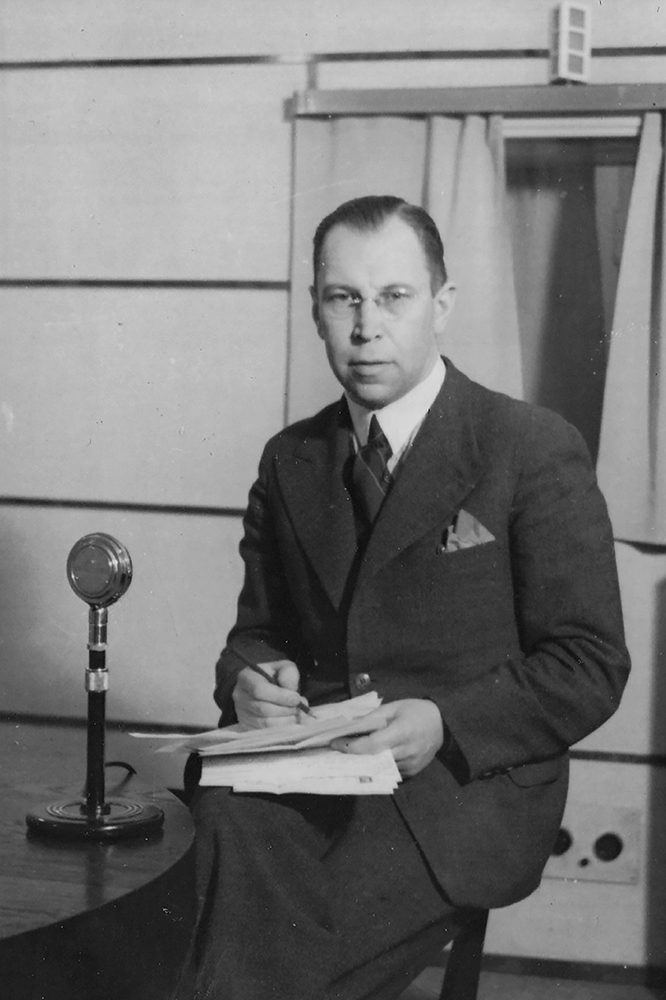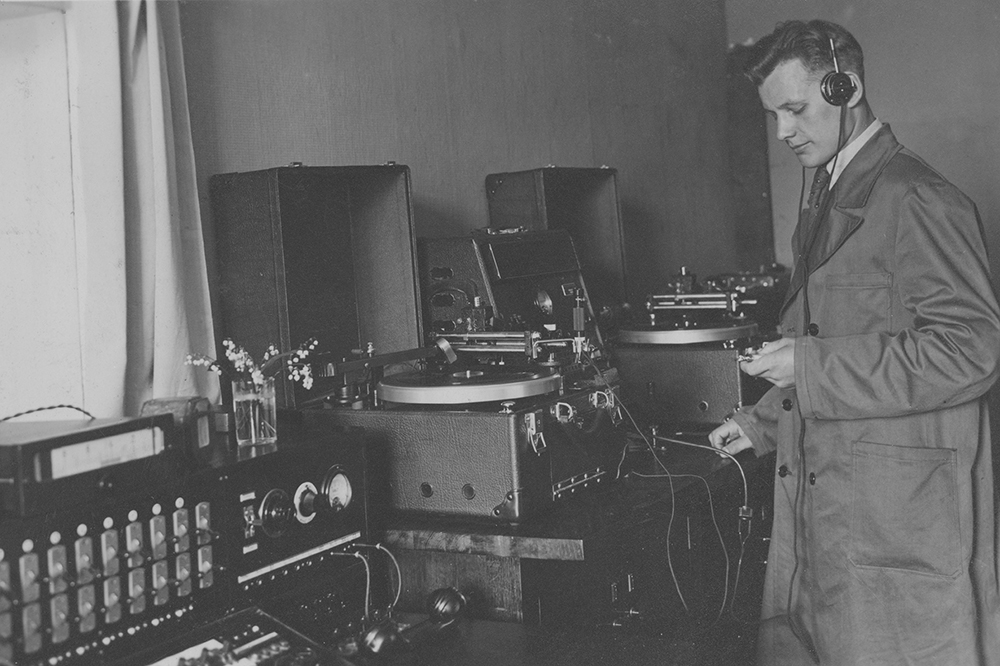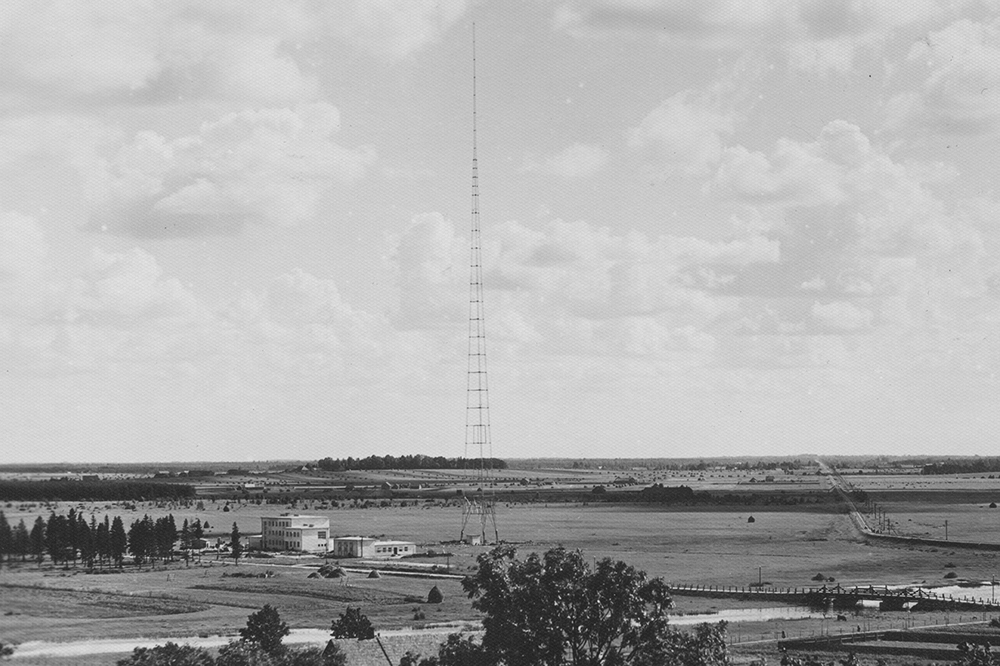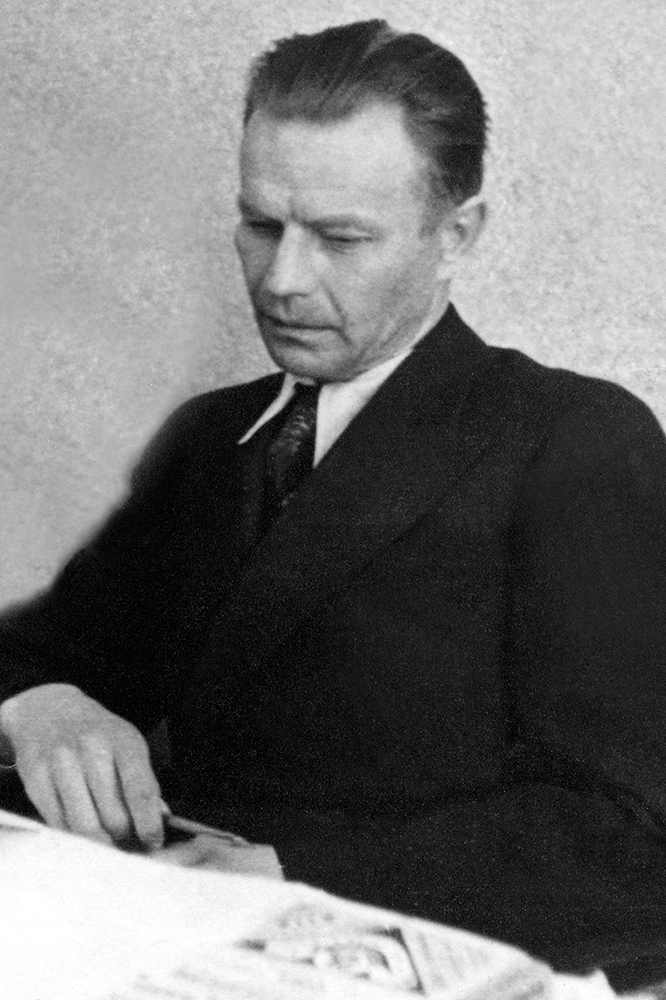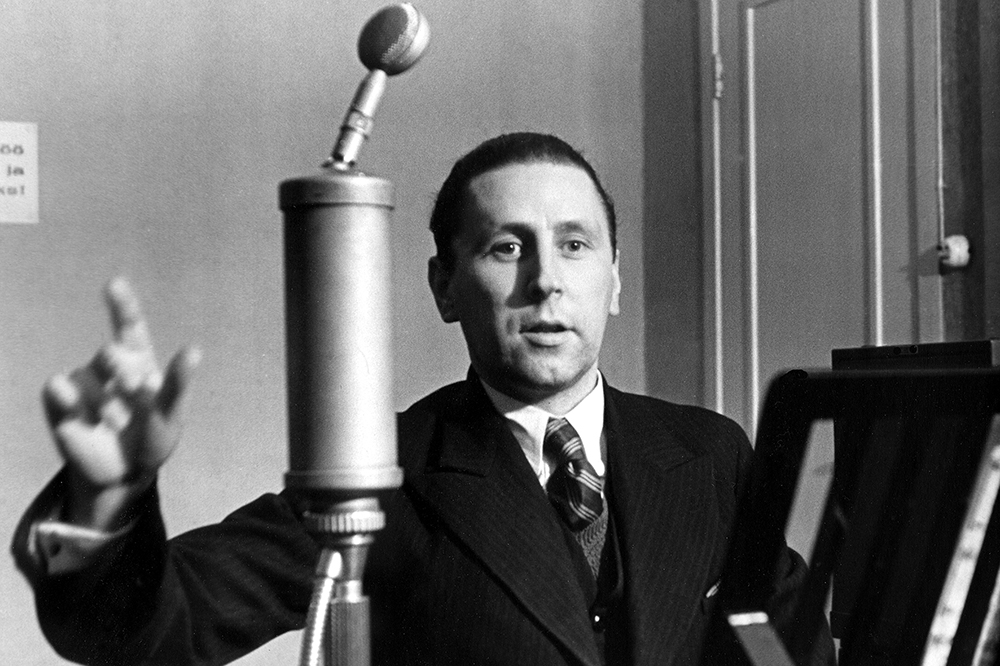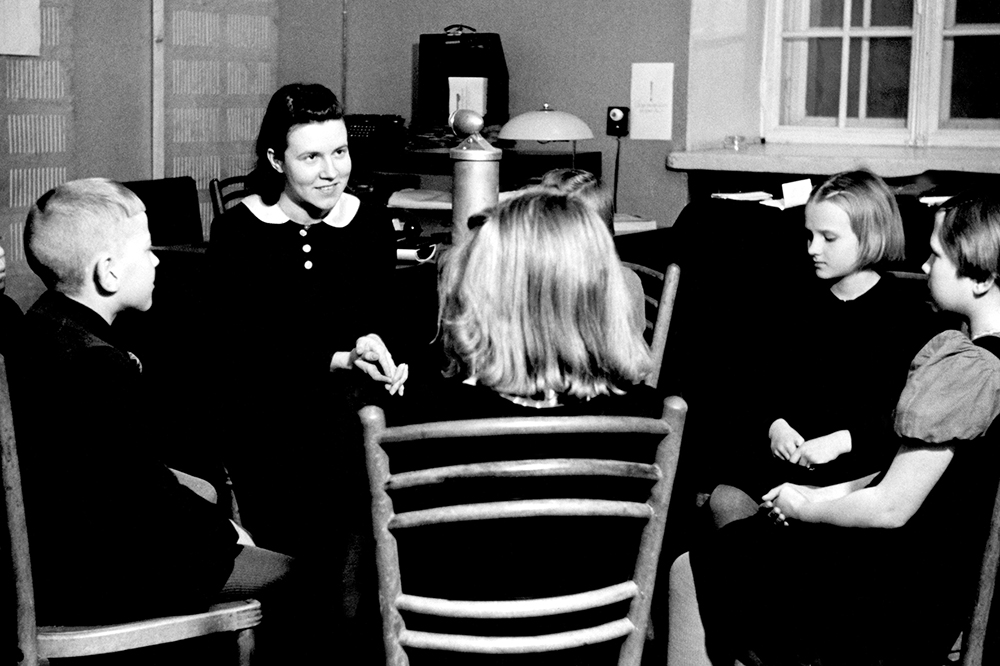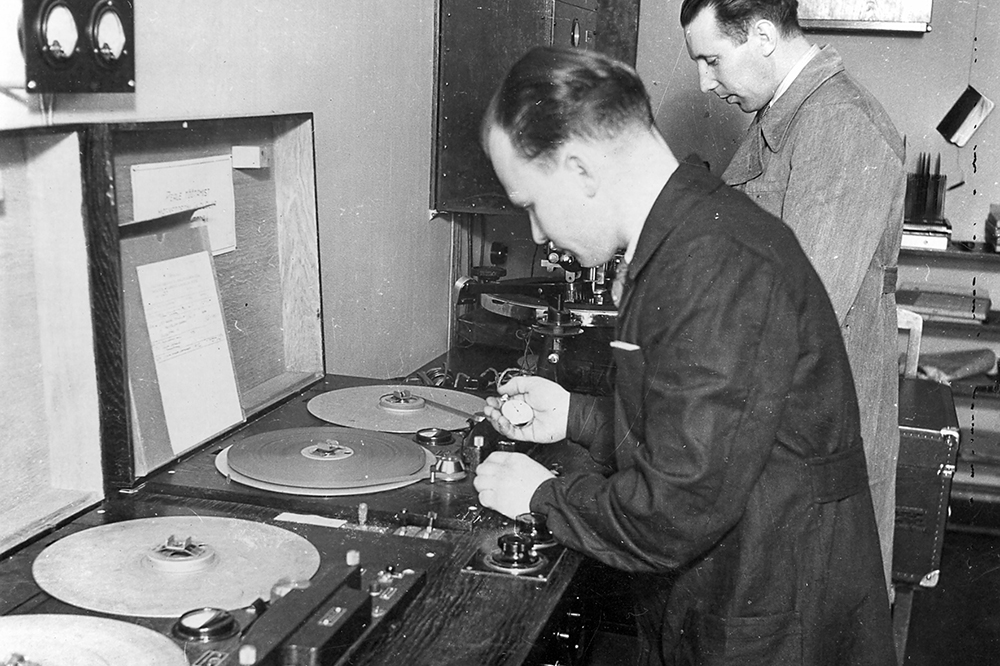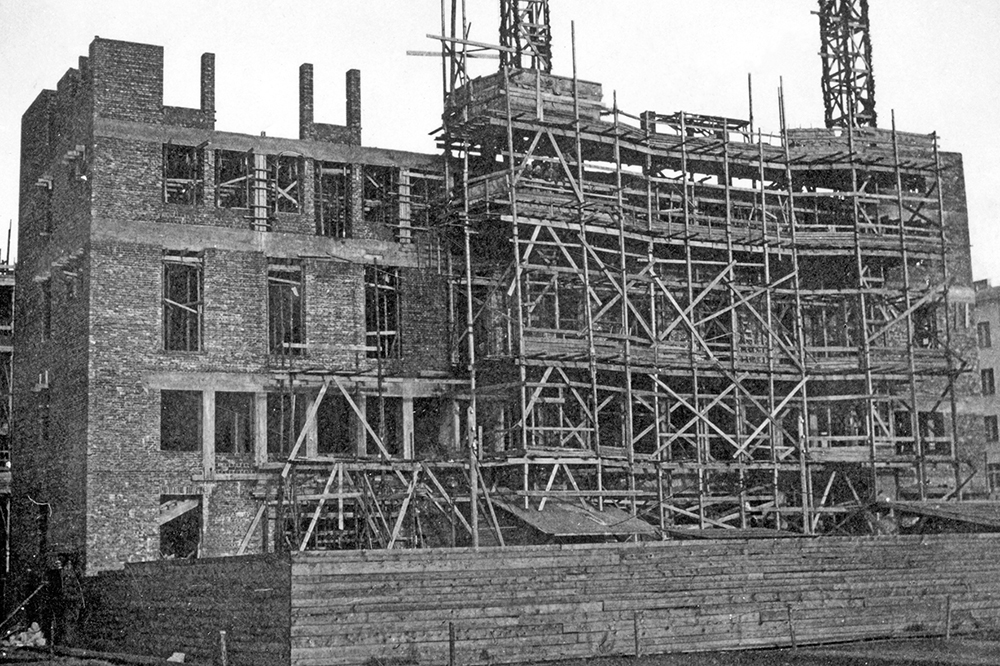The Estonian Broadcasting Museum offers a variety of exhibitions, themed tours, events, and educational and fun programmes.
Open
Tue-Sat 10 a.m.-5 p.m.Vabriku pst 1, Türi, Estonia 72212
+372 385 7055
Estonian Broadcasting Museum
The Estonian Broadcasting Museum (Eesti Ringhäälingumuuseum) is a non-profit and non-governmental organisation, founded in 1999.
The museum has been established to collect, preserve and exhibit items related to Estonian broadcasting history.
The first permanent exhibition was opened to the general public on the 18 December 2001 which was 75th anniversary of the Estonian national broadcasting (18 December 1926).
The museum’s permanent exhibition introduces the history of broadcasting from the first test broadcasts to the present day.
Location
Türi, a town in central Estonia has been chosen as the location for the Museum. This town became widely known in 1937 after the State Broadcasting Company (Riigi Ringhääling) completed the construction of a radio-transmitting tower with a height of 196.6 m, which was the most modern facility in Europe at that time. The Museum is located at the railway crossing, a few hundred metres from the train and bus station.
The Museum has not been located on the site of the former transmission tower, as retreating Soviet troops blew it up in 1941. The site of the former transmission station has been marked with informative display stands.
For Visitors
Guided tours can be booked in advance at the Estonian Broadcasting Museum. Visitors have the opportunity to step into the role of a broadcaster by creating their own radio programme or television news segment.
The museum is open from Tuesday to Saturday. English-language information is available on exhibition panels throughout the museum. The museum is fully accessible for visitors with reduced mobility.
